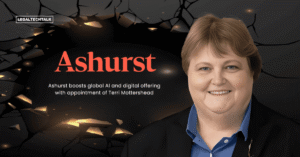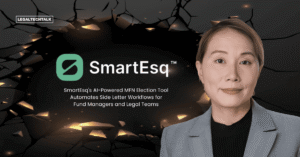Source: Legal IT Insider
In June of this year, members of the European Parliament (MEPs) voted on the adoption of the draft EU AI Act, passing a vote of 499 to 28 (with 93 abstentions). The first law by a major regulator aims to align future AI development with the EU’s rights and values such as social and environmental well-being, safety, privacy and transparency, non-discrimination, and human oversight – analyzing and classifying them based on the risk they pose to users.
AI and machine learning have been applied across industries for several years, transforming everything from customer service to medical diagnoses. But the emergence of generative AI products like ChatGPT have triggered an explosion of interest in the value the technology can bring to businesses and consumers alike. In fact, reports forecast that the global generative AI market will reach USD 126.5 billion by 2031, growing at a compounded annual growth rate of 32%…
Read full article: https://legaltechnology.com/2023/08/08/guest-post-how-implementing-ai-guide-rails-today-will-benefit-society-tomorrow/








